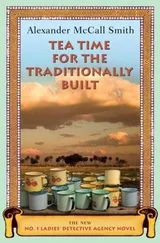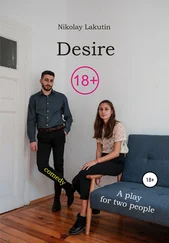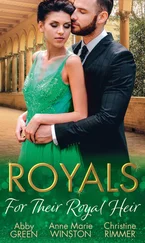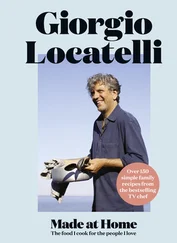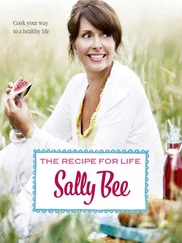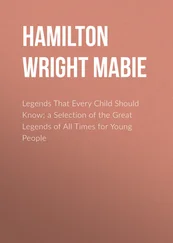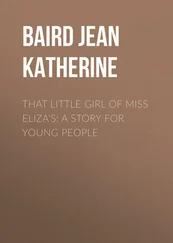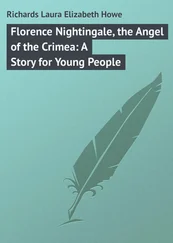The home is at the top of a hill, where it’s flanked by a black township on the one side and the local prison on the other. The residents, like their neighbours in the township and the prison, have a spectacular view of the Knysna Lagoon.
I’ve always felt slightly uncomfortable coming up here, and ashamed because of it. The residents are all adults, but many of them have the mental age of children and the emotional neediness that goes with it. I never know quite how to deal with them.
There’s a big security gate that’s looking worse for wear. I have to lean out of my car window to push an intercom button on a rickety post and announce my arrival to a voice so scratchy I can barely hear it.
The gate slides open.
I find Vivien in her office, where I greet her with a ‘Hallo, Tannie Vivien.’
Like all Afrikaans children, I was taught to call adults Tannie (auntie) and Oom (uncle) out of respect, whether they were related to me or not. Even now that I’m in my thirties, Vivien will always be Tannie to me.
Vivien and my mother first worked together years ago at Child Welfare, where they were both social workers. It was my mother who talked Vivien into taking the job as branch director at Epilepsy South Africa, when what Vivien actually wanted to do was retire.
To say thank-you for seeing me, I give Vivien a packet of rusks from a batch I baked yesterday. A type of South African biscuit, rusks are much like Italian biscotti: long, dry fingers designed for dunking in coffee or tea. I’ve packed them in neat rows in a clear plastic bag that I’ve tied with red wool.
‘Just like your mother,’ says Vivien.
Although she and my mother go back as far as I can remember, I don’t actually know much about Vivien at all. It’s only in the last week that I found out her family has always lived in Knysna, even before Hornlee was built. I’ve also found out that her family was one of those who were removed from their homes because of the Group Areas Act.
That’s the story I’m here for.
I ask Vivien about growing up in Knysna and she soon puts me right. She didn’t spend much of her childhood here, she says. Her parents, both teachers, sent her and her sister away to Cape Town when she was five years old.
It was the 1960s and Vivien’s parents were teaching at one of Knysna’s small farm schools – back then, the only places for the local coloured and black children to go if they wanted any kind of education in Knysna. The classes were big and the children in Sub A and Sub B – now grade one and grade two – were all together in one class with just one teacher.
Vivien’s parents, wanting a better education for their daughters, sent the two girls to stay with their grandmother in Cape Town where they were enrolled in a ‘proper’ primary school. It was still a coloured school – ‘I never went to a school in my life where there were white children too,’ says Vivien – but it was a decent urban school, much bigger and more structured than Knysna’s farm schools. The school was in a suburb of Cape Town, where Vivien’s grandmother rented a big house. Eventually six of Vivien’s uncles and aunts moved in too, but still there was room enough for everyone.
Until they had to move.
Not long after Vivien got there, her grandmother was told that Parow had been proclaimed a white area and she and her family had to move to a coloured township. There, they were given a small, cramped house under the government-subsidized or ‘sub-economic’ housing scheme.
‘That was my first township experience,’ says Vivien.
The next time her father visited his daughters and saw where they were living, he promptly brought them back to Knysna. Vivien was eleven years old.
By then, her parents were living in Salt River.
Vivien remembers having only the most basic facilities in Salt River. Water for washing and cooking came from springs or tanks that collected rainwater in the winter months. Toilets were ‘long drops’ dug in the ground. Light came from lamps and candles, and food was cooked on wood-fired ovens and paraffin stoves. But the house was big and there was ample space to play.
Not that Vivien settled there for very long. Ever concerned about their daughters’ education, her parents sent her and her sister to stay with family friends in town so they could be closer to their school.
I stop her there. Until I read the Land Claims report the other day, I never knew that there were ever coloured people living in Knysna itself. Who were they? Where did they live?
Vivien starts listing the names of the families, ten surnames in total. She can still remember exactly where they lived, too, identifying the houses by the white people who live there now, or the shops they’ve become.
Vivien lived in one of those houses herself, but not for long. After two years her parents sent her away again, this time because there was no proper secondary school for coloured children in Knysna. So once again she found herself in Cape Town, this time living with an aunt who’d been able to afford to build her own house in a coloured township, giving her family more space than in the boxy, pre-built houses provided by the government.
At the time, Vivien’s parents still lived in Salt River and she spent every school holiday there.
She was in her second year of university when Hornlee first became ‘home’.
Vivien’s father had died by the time her mother was told she had to move to the coloured area because her house was now on white land. Like Vivien’s aunt in Cape Town, her mother was able to afford her own piece of land in the township and have a house built on it. But it was still a difficult transition.
‘You choose who you want to associate with,’ says Vivien, speaking generally. ‘So you know you get along with these people, but you don’t fancy those people for whatever reason. They’re the natural choices you make. But the thing about living in the townships then was that you had to live next to people who just didn’t understand you, and you didn’t understand them. You didn’t have the same outlook on life, you shared nothing.’
Schools were another issue, she says. When people all over South Africa were moved to places like Hornlee, there often weren’t schools for their children yet, or there’d be a primary school but no secondary school. As a result, many coloured children stopped going to school altogether.
‘And so you broke down a whole lot of people, not by making it intentionally difficult, but by not caring that it was difficult,’ says Vivien.
I ask her what the worst things were about living in the new township.
‘You were kind of… uprooted,’ she says. ‘But I don’t want to make an effort to say how bad it was. Because I didn’t really experience it as bad. Come to think of it, many things were better. We had water in the house; we didn’t have to pray for rain any more. We had flushing toilets, we had electricity. There were practical things that were better.’
Vivien still lives in Hornlee.
‘On the whole, now that I can live elsewhere – even if I had the money – I don’t think I would,’ she says. ‘I don’t want to have to go and get used to new things. It’s my home.’
I want to hear more about the removal in 1970. Was she there when her mother got the eviction notice in Salt River? Did she help her mother move? Did the local authorities help at all?
No, she wasn’t there, says Vivien. All she knew was that one holiday she was going home to Salt River, and the next she was going home to Hornlee.
‘If you want to know about the removals, you should speak to Ronnie,’ she says. ‘He’s got lots of stories.’
I find Ronnie Davidson in the workshop round the back of the Epilepsy South Africa home.
Читать дальше

